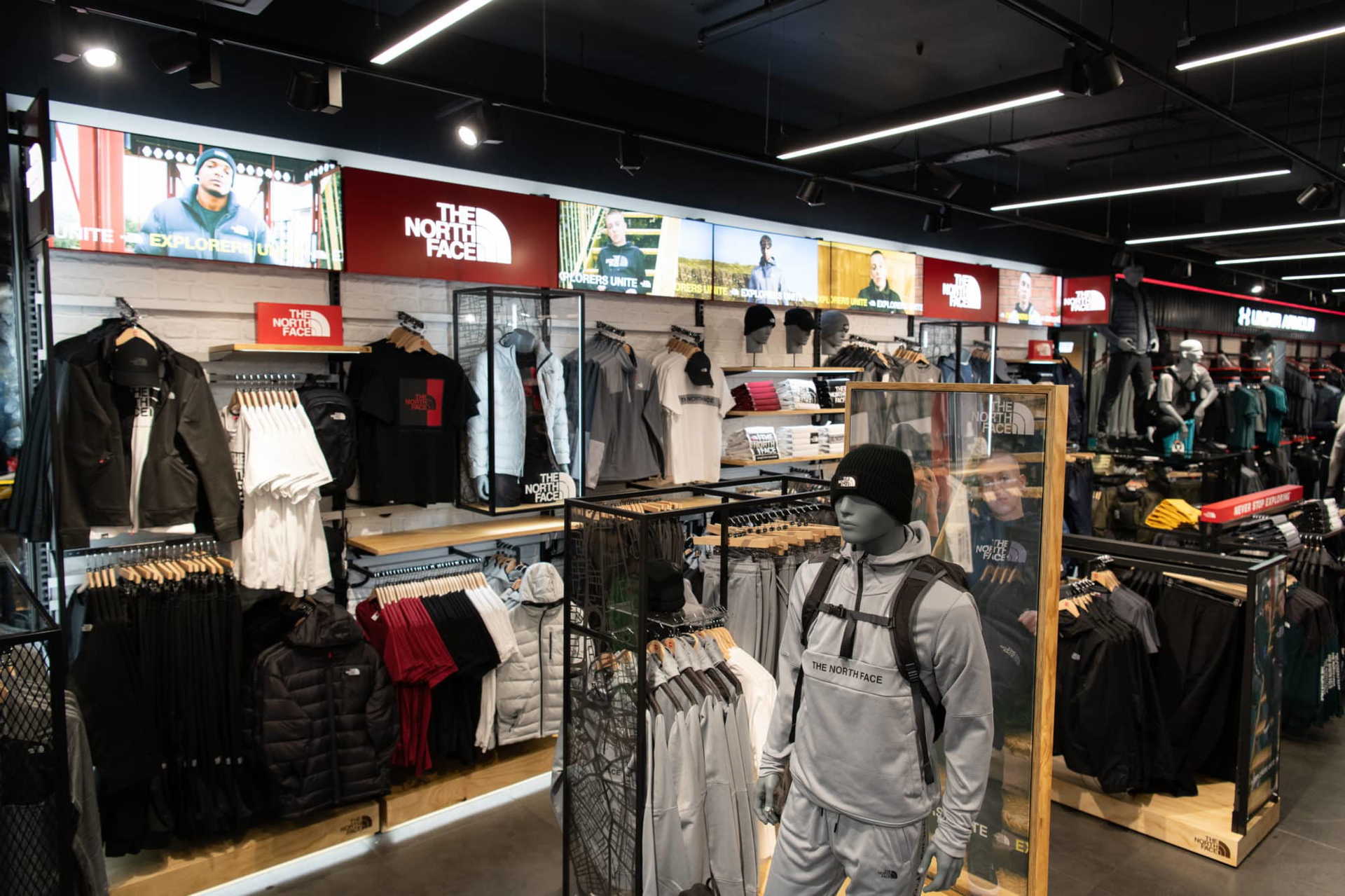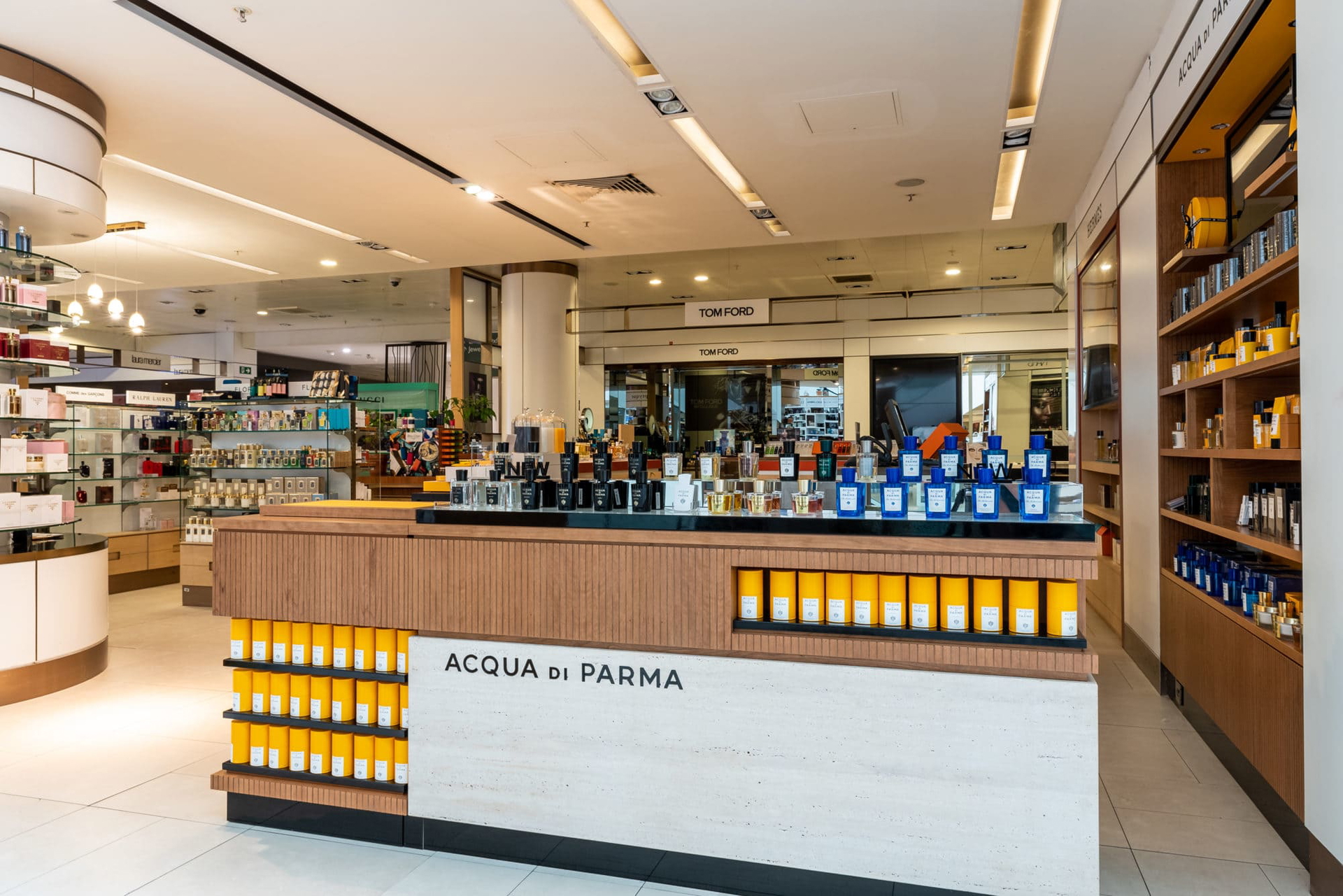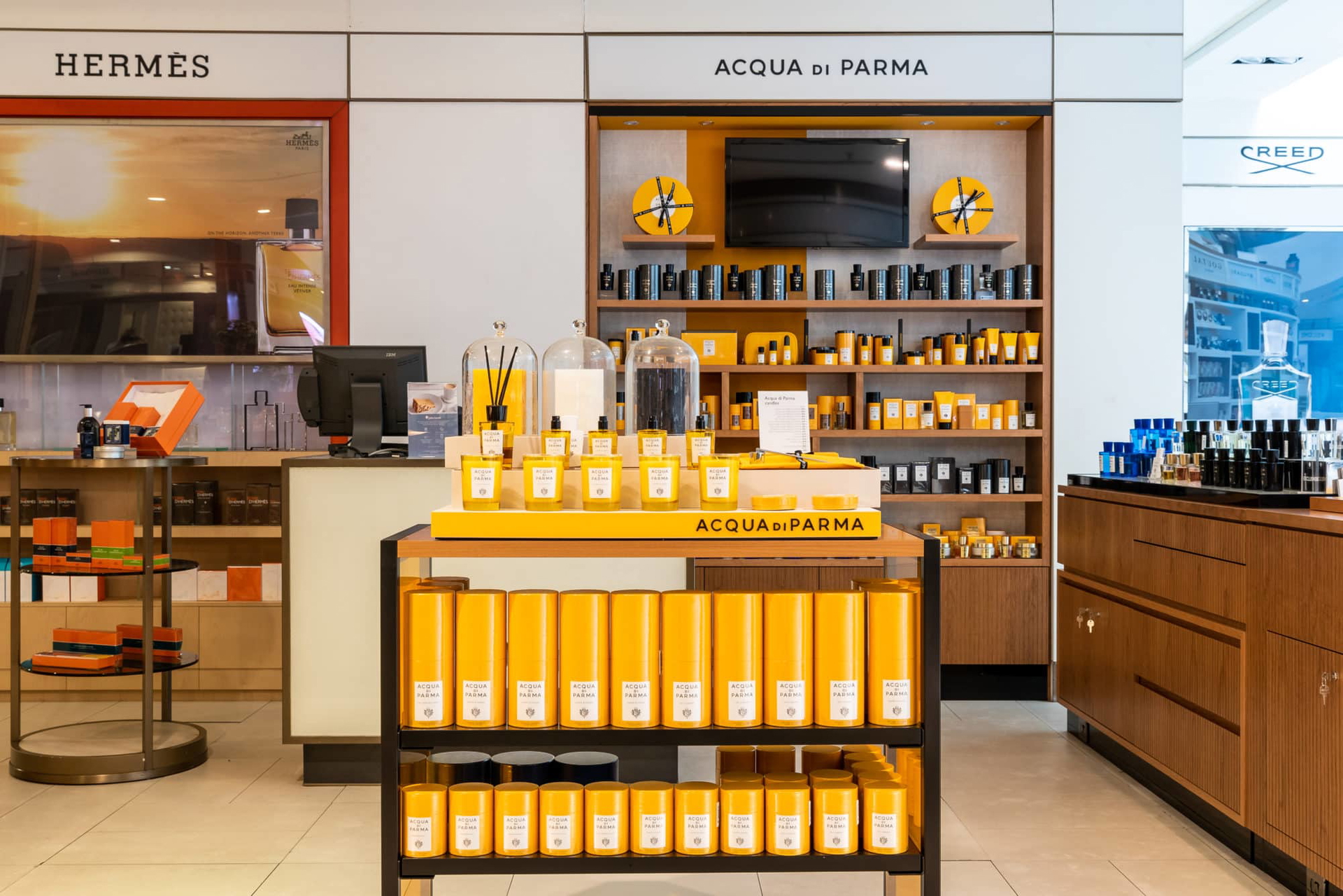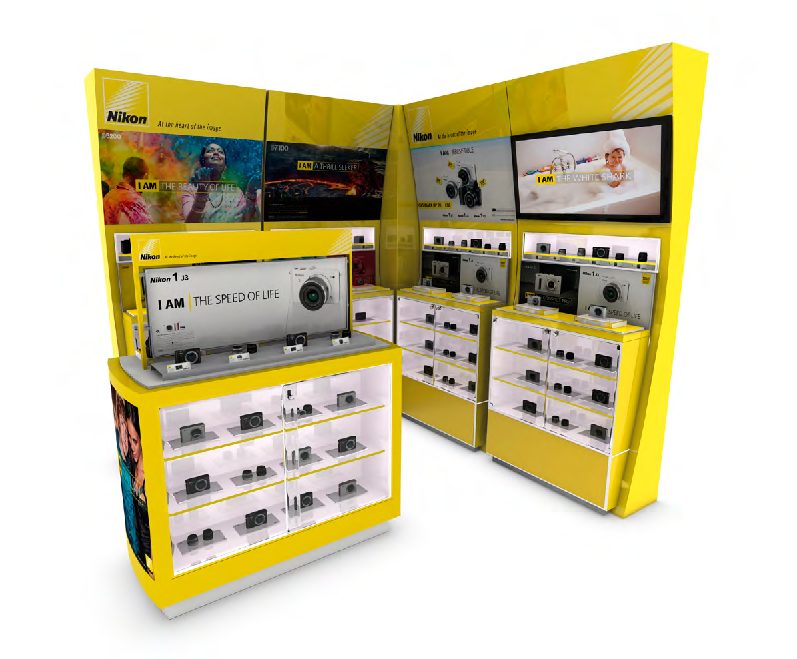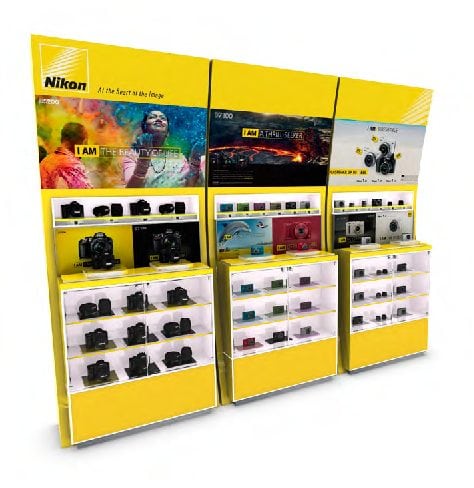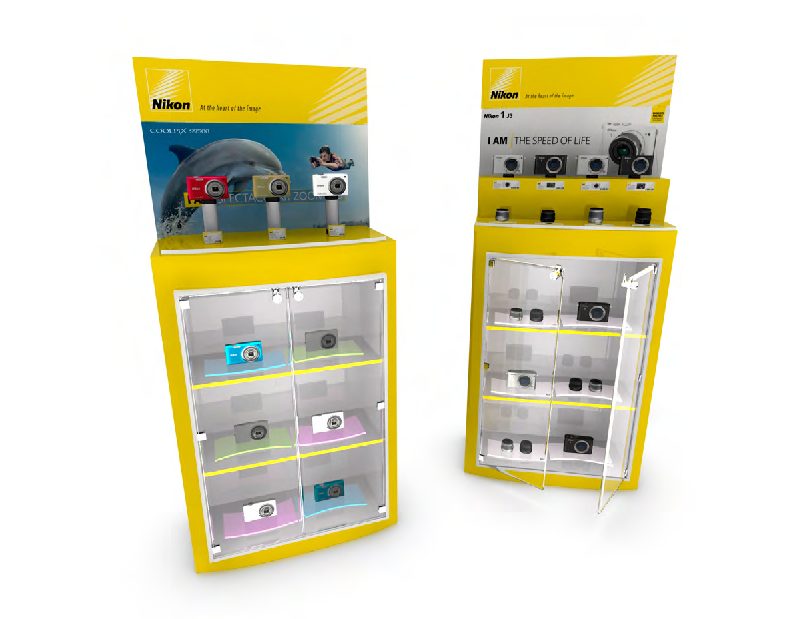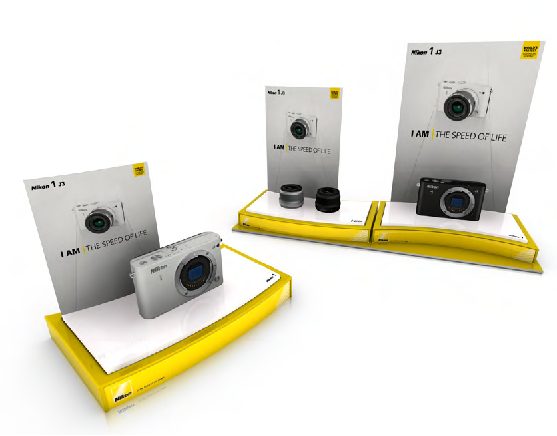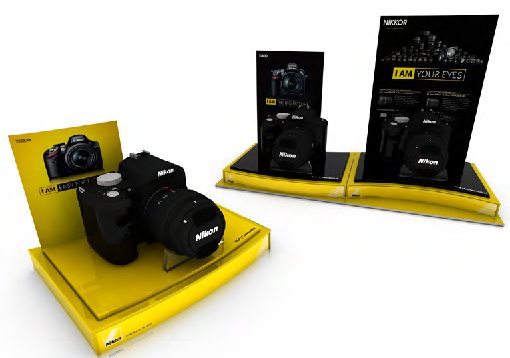3 Toolkits & modular systems
In response to ensuring that a SIS or branded space is user-friendly, uses a concept that works well in retail environments of different shapes and sizes, and costs less per SIS or branded space by taking advantage of economies of scale, a modular approach to the design of an SIS or branded space is deployed.
This modular approach entails designing, developing and producing individual elements (or modules) which when put together compose the intended design concept. These modules can be configured in a multitude of ways to serve areas of different shapes and sizes, simply by adding, subtracting or swapping out modules, depending upon the space. The advantage of this is that a brand can avoid having to have bespoke furniture designed, developed and produced to meet specific space requirements. Thus, saving on cost and time.
This collection of standard elements can be referred to as a toolkit or ‘kit of parts’, with each retailer requiring varying types and amounts of these ‘tools’ or ‘parts’ depending on the size and shape of the negotiated site. If for whatever reason another agency or the staff of a retailer are required to install the shop-in-shops or branded spaces, a design agency, such as ourselves, will share this toolkit with the other party, along with instruction of which ‘tools’ are to be installed at which site, and details of their configuration. Otherwise, our own installers will use this toolkit as reference.
